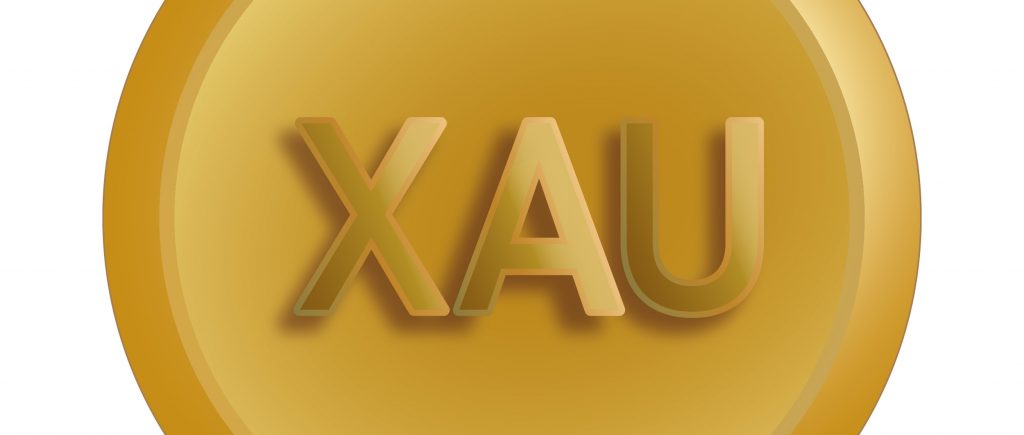Gold (XAU/USD) hovers around $3,368, reflecting a pullback from its weekly high of $3,452. Despite short-term pressures, the metal’s medium-term outlook remains robust, driven by persistent geopolitical risks and strong central bank demand. This analysis explores the factors shaping gold’s price action, the broader macroeconomic context, and technical levels to watch.
Geopolitical Tensions and Safe-Haven Appeal
Rising tensions in the Middle East, particularly surrounding Iran, continue to bolster gold’s safe-haven status. US President Trump’s recent directive, issued after a Situation Room meeting on Thursday, set a two-week deadline for military and diplomatic strategies concerning Iran’s nuclear activities. Concerns over potential disruptions in the Strait of Hormuz, a critical chokepoint for 20% of global oil and gas flows, underscore the risk of spiking energy prices. Such disruptions could fuel inflation, prompting central banks to maintain elevated interest rates, indirectly supporting gold’s appeal as an inflation hedge.
Iran’s growing stockpile of enriched uranium has heightened global unease, with Israeli Defense Minister Israel Katz issuing strong warnings against Iran’s leadership on Friday. The Russian Foreign Ministry also cautioned against US military intervention, highlighting the potential for “unpredictable negative consequences.” These developments keep gold prices resilient despite near-term headwinds.
Central Bank Demand Underpins Strength
The World Gold Council’s annual survey, released this week, highlights robust central bank interest in gold. Of the 73 participating central banks—the highest turnout since the survey’s inception—95% expect global gold reserves to rise over the next year. Over 40% plan to increase their own holdings, a significant jump from last year’s 29%. Looking ahead, 72% anticipate a slight increase in gold’s share of global reserves over the next five years, with 4% projecting a substantial rise. Gold’s role as a crisis-resistant asset, diversification tool, and inflation hedge drives this demand, providing a strong fundamental floor for prices.
Monetary Policy and US Dollar Dynamics
Recent updates from major central banks signal cautious monetary policy, limiting gold’s upside in the short term. The Federal Reserve, led by Chair Jerome Powell, maintained rates at 4.25%–4.50%, projecting two rate cuts this year but emphasizing a data-dependent approach amid persistent inflation. The European Central Bank stressed that further cuts hinge on inflation progress, while the Bank of England, under Governor Andrew Bailey, voted 6–3 to keep rates at 4.25%, with cuts expected to be gradual. A strengthening US dollar and firm Treasury yields, driven by reduced expectations for Federal Reserve rate cuts, have capped gold’s near-term gains.
Key Technical Levels in Focus
Gold’s price action shows a retracement from its April rally, with XAU/USD slipping below the 23.6% Fibonacci level at $3,371. The 20-day Simple Moving Average (SMA) at $3,350 offers immediate support, with the 50-day SMA at $3,318 and the 38.2% Fibonacci level at $3,292 as the next downside targets. A break below these could test horizontal support near $3,200, a level that held firm in April and May. On the upside, $3,371 now acts as resistance, followed by the psychological $3,400 barrier and the recent high of $3,452.
Gold’s trajectory hinges on balancing geopolitical risks and central bank demand against US dollar strength and monetary policy shifts. While short-term volatility persists, the metal’s role as a safe-haven and diversification asset ensures its enduring appeal in uncertain times.

 Noor Trends News, Technical Analysis, Educational Tools and Recommendations
Noor Trends News, Technical Analysis, Educational Tools and Recommendations




